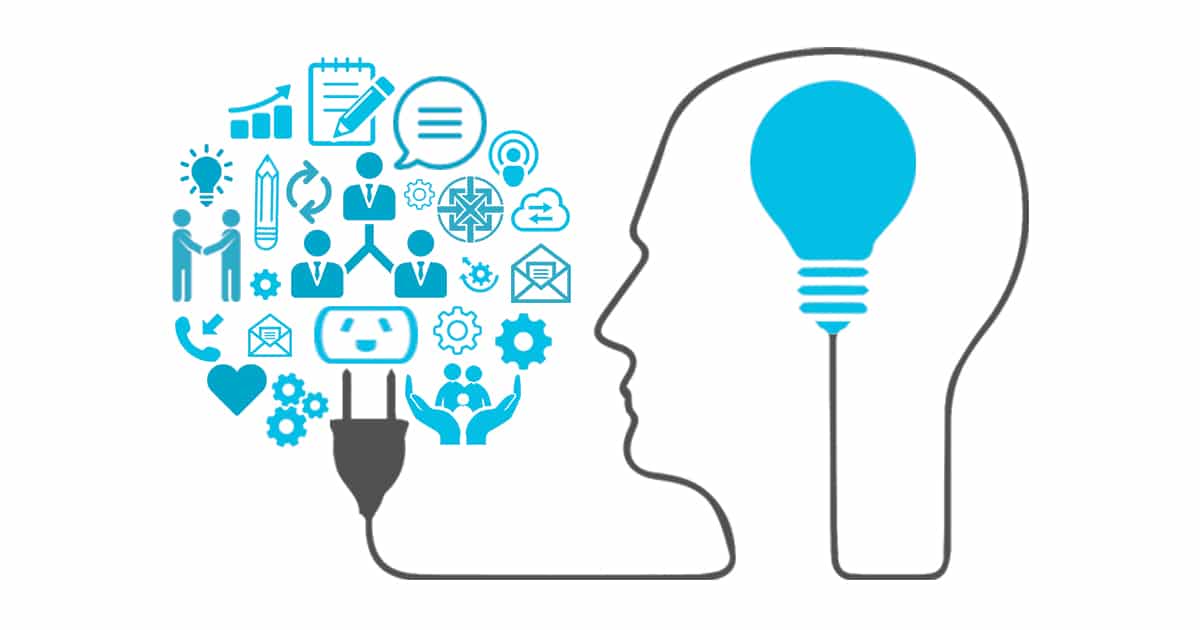 Life has a knack for hurling challenges at us when we least expect it. Sometimes, it feels like life is just a series of curveballs. A recent family health challenge felt like I was hitting a brick wall. However, a profound yet simple strategy emerged from this trying time, which I’d love to share with you all.
Life has a knack for hurling challenges at us when we least expect it. Sometimes, it feels like life is just a series of curveballs. A recent family health challenge felt like I was hitting a brick wall. However, a profound yet simple strategy emerged from this trying time, which I’d love to share with you all.
The Transformative Power of Nightly Reflections
A conversation with my sister sparked an inspiring idea. Why not end each day by reflecting on moments of joy and gratitude? Further, we can then ask our subconscious mind to present solutions to overcome our challenges and bring them to our conscious awareness by morning.
Think of it as giving your brain a mini-positive reboot!
The Magic of Neuro-Linguistic Programming (NLP)
This strategy closely mirrors the principles of NLP. NLP emphasizes the profound connection between our language, emotions, neurological processes, and behavioral patterns that evolve from our experiences. When we consciously steer our thoughts towards positivity, joy, and gratitude, we’re essentially rewiring our neural pathways, promoting constructive behavioral shifts.
And the outcome? Simply magical. From seemingly insignificant moments bloomed immense joy. And more surprisingly, solutions began appearing, helping my family navigate the challenges we were facing.
Embrace Gratitude and Joy as Tools
Life can be challenging; I get it.
It’s when we get stuck in the challenge that it becomes a problem. I am not suggesting that you gloss over life’s challenges. I am merely suggesting that you give your unconscious mind direction to solve it by priming it with an emotional state of gratitude and joy. The same level of mind that created the problem is not going to solve it. Using this strategy is like looking at the challenge through another set of eyes, which can offer you another perspective. When life throws you a curveball, an attitude of gratitude and embracing joy will add to your strategic toolbox to overcome challenges.
Play With This Approach
- Remembering experiences you feel grateful for.
- Reflecting on your day and coming up with times big and small that you felt joy.
- Review your challenging situation and command your unconscious mind to bring to your awareness a solution for this challenge by the time you wake up.
Are you ready to put this strategy to use? The results may surprise you!
Be Well! 💜Sandra
Are You Interested in Going Deeper into NLP Techniques?
✨Check Out Our Upcoming Conquering Clarity✨
Special Offer: Join us for the Conquering Series! Bring along a friend, and both of you will enjoy a $50 discount on your course fees.
- Conquering Clarity Series: Every Tuesday from 7:00 – 8:30 pm EST on Zoom
- Conquering Anxiety: Sept 5, 12, 19, 26, 2023
- Conquering Doubt: Oct 3, 10, 17, 24, 2023
- Conquering Roadblocks: Nov 7, 14, 21, 28, 2023
Continue reading “Overcoming Challenges with Joy, Gratitude, and the Magic of NLP”


 Embrace the Game of Life with Confidence and Curiosity: Lessons from a Pickleball Clinic
Embrace the Game of Life with Confidence and Curiosity: Lessons from a Pickleball Clinic There is no time like now, to come from a place of choice and become the fierce leader of your life.
There is no time like now, to come from a place of choice and become the fierce leader of your life.

